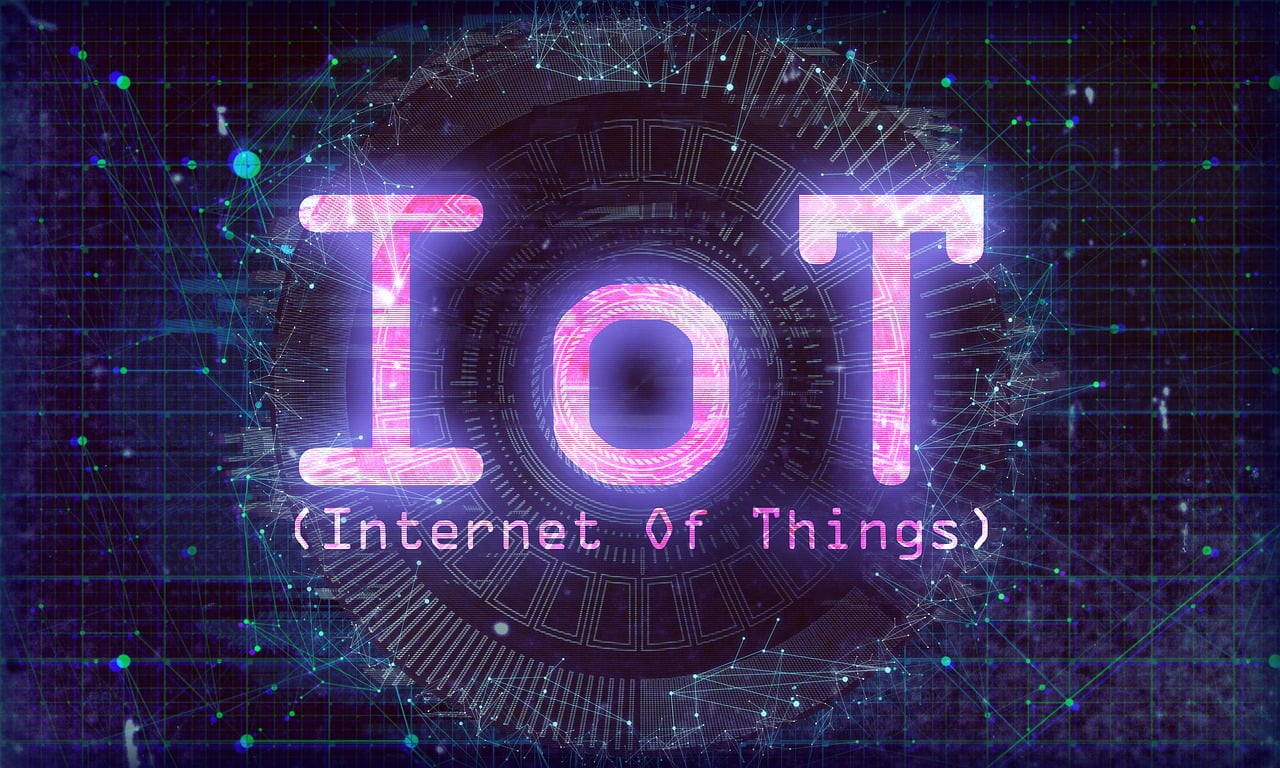4 Comprehensive Tips for Successfully Implementing IoT in Your Company
IoT is an irreplaceable factor of success in modern business. It automates processes and revolutionizes efficiency, making operations streamlined and increasing productivity. It also improves the end-user experience, since it allows for numerous additional capabilities in all manner of devices. Your company’s IoT integration strategy will vary with your specific needs and goals. Still, there are a couple of things that you should keep in mind at all times. When you begin to implement IoT technology in your business, start with a small-scale run. Choose one aspect of your operations and use it as a pilot for the process. If the data from that trial is satisfactory, you can go on and make the change throughout. You can vastly improve your business with IoT devices, as long as they can keep up with the task. Plan for scalability. You need to be sure that hardware and data models can be adapted to bigger or different needs in the future. Consider what functionalities you may want to add to connected devices going forward. Analyze the processing power of your devices and try to predict for how long they will be sufficient. In addition, assess the demand that will be placed on your network. Have a plan that can be expanded to handle new IoT devices as time goes on. The more components you have competing for bandwidth, the bigger the reliability risks. One common mistake in IoT implementation is letting security take the back seat in the initial stages. This is mostly done to allow for additional functionality. However, data safety should be a primary concern right from the outset. Take some time to secure your boot process, and provide unique ID keys. This is especially important in the modern-day, as even the most basic knowledge of IoT demands an awareness of data overload. Massive amounts of information passing through the system are a potential liability for medical, financial, and legal institutions, as well as businesses of all sorts. One popular way of ensuring network security is in-house “ethical hacking”. Consider hiring a security expert whose sole job will be to attack your system and report their findings. Use their insight to address weaknesses in your system and eliminate network vulnerabilities. In addition, adhere to cybersecurity best practices. Some of them are:Start small but think big
Address security early on
Share your project details to build your path toward success.
- Disabling unnecessary features
- Regularly updating software and firmware
- Changing default credentials immediately
- Having a dedicated guest network for the IoT devices
Choose the most appropriate platform
You’re going to need a dedicated platform for your IoT integration. It’s a piece of software that centralizes the network and controls all of its connected devices and other aspects. These include the processes of gathering and forwarding data, which is usually achieved via cloud integration. You can make a custom platform in-house or acquire one from specialised IoT companies.
This is the cornerstone around which your entire network will be designed. You can get a basic, not very elaborate one for your pilot stage. Upgrade to a more robust solution when it comes time for actual deployment. You’ll need it to ensure smooth operation in the long term. Once you’ve made your selection, simply follow the relevant guidelines to set up communication protocols for your entire business.
That said, be careful of switching platforms too often. It’s an expensive process since all communication and data handling is defined by the platform. Every time you change it, expect to replace most of your software.
Take advantage of readily available tools
You don’t need to immediately buy all new devices to obtain the benefits of IoT for your business. Take a look at your hardware and see what assets you already have that can be adapted. You can roughly categorize them into:
- Sensors, which gather data to be sent over the Internet,
- Connectors, which connect the sensors or other hardware to the IoT network, and
- Receivers, receive commands via the Internet to execute one or more tasks.
These devices can be specifically developed for IoT, or adapted for it from previously used items. Some common examples include:
- In-house security cameras connected to mobile phones or other remote devices,
- Location trackers,
- Remotely controlled appliances, such as locks, lights, heaters, thermostats, etc.,
- Voice control devices, e.g. Alexa for Business.
Devices can also have a hybrid purpose. For example, you may want to implement a drone for both making a delivery and monitoring a work site.
Final comments
The IoT can seem complicated and daunting. There are many intricacies to the process, and many details to manage, but the benefits are well worth the time and investment. Just dedicate due attention to security, keep up with new developments, and test before you implement.







